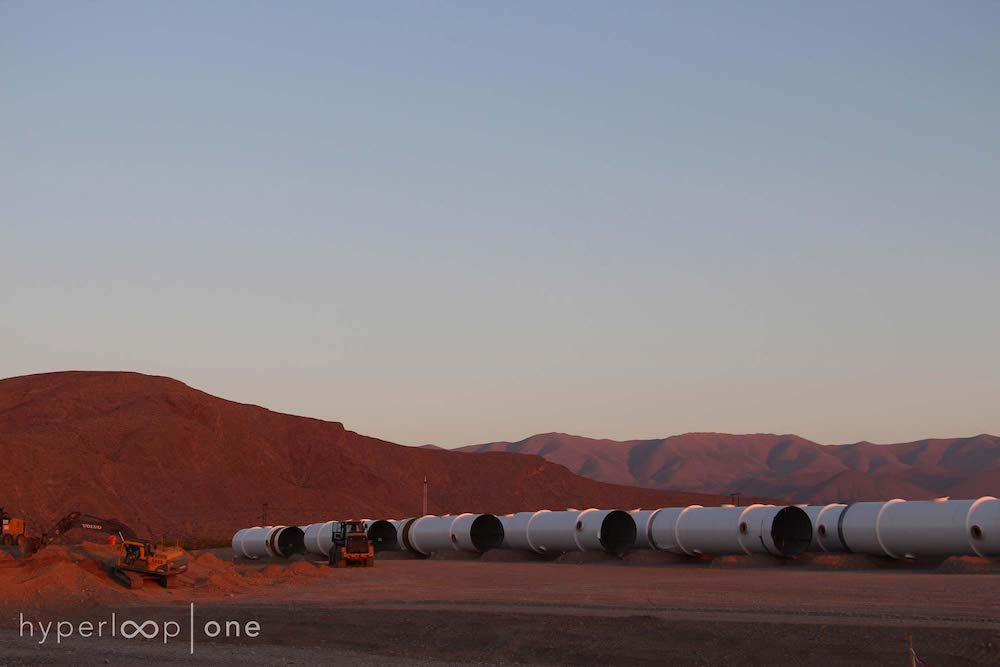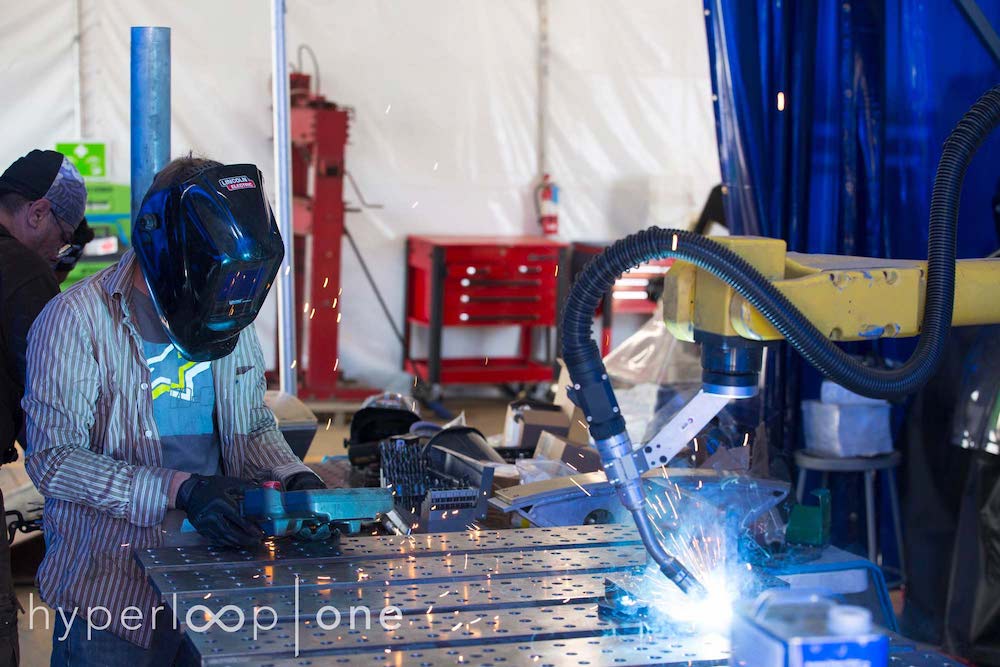In Photos: Building the Superfast 'Hyperloop One' Transit System of the Future
A pioneering vision

In 2013, SpaceX and Tesla founder Elon Musk proposed a futuristic transportation concept, dubbed the Hyperloop, that would zoom passengers seated inside pods through low-pressure tubes at blistering speeds of about 760 mph (1,220 km/h).
Now, a startup called Hyperloop One (not affiliated with Musk) is trying to turn that vision into a reality. In the Nevada desert, Hyperloop One engineers are building a test track for the futuristic transit system. In this photo, a tube for the full-scale test track awaits processing. [Read more about the Hyperloop One project]
Nuts and bolts

Hyperloop One announced in 2016 that it received $80 million in funding to develop the ultra-fast transportation system. This photo is a view into the so-called Levitation Rig that was developed by the Hyperloop One team.
Building a test track

Hyperloop One is constructing a test track for the transit system in the Nevada desert. The track, dubbed the DevLoop, will be made up of a series of tubes that will extend 1,640 feet (500 meters).
Under the desert sun

Here, dngineers install the first tube for the Hyperloop One project's test track in the Nevada desert. The tubes measure about 10.8 feet (3.3 meters) in diameter.
Testing the technology

Tubes for the Hyperloop One test track await installation in the Nevada desert. The so-called DevLoop will serve as a proof of concept, and will act as a test site for the Hyperloop transportation technology, according to the company.
Zoom zoom

Hyperloop One's first planned commercial installation is a track that will run between Dubai and Abu Dhabi. In the future, a Hyperloop network could make any major city in the Gulf Cooperation Council (with member states that include Bahrain, Kuwait, Oman, Qatar, Saudi Arabia and the United Arab Emirates) accessible within 1 hour.
Get the world’s most fascinating discoveries delivered straight to your inbox.
If you build it ...

A bird's eye view of the Hyperloop One test track in the Nevada desert.
Construction begins

To construct the Hyperloop One test track, dubbed the DevLoop, engineers first poured these column caps in the Nevada desert.
Robotic help

A welding robot works on a construction project at the Hyperloop One headquarters in Los Angeles.
The foundation

Engineers work to install part of the Hyperloop One test track at a site in the desert located about 30 minutes from Las Vegas.
Moving in

A vacuum pump is moved into position at the site of the Hyperloop One test track.

Denise Chow was the assistant managing editor at Live Science before moving to NBC News as a science reporter, where she focuses on general science and climate change. Before joining the Live Science team in 2013, she spent two years as a staff writer for Space.com, writing about rocket launches and covering NASA's final three space shuttle missions. A Canadian transplant, Denise has a bachelor's degree from the University of Toronto, and a master's degree in journalism from New York University.


